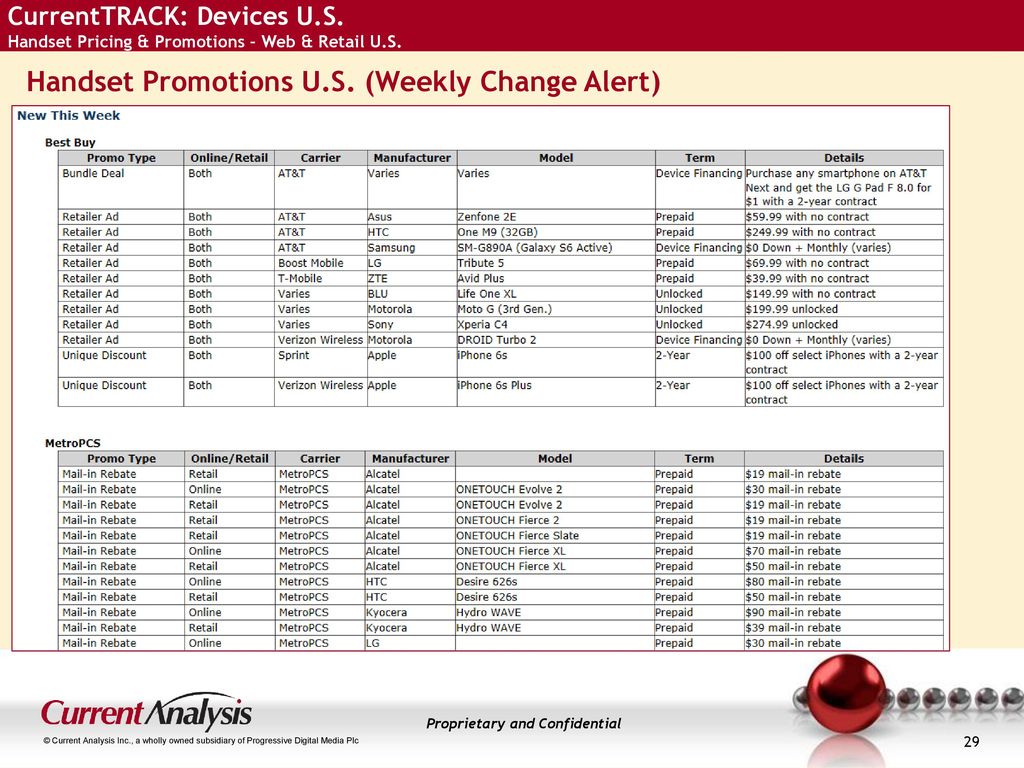What is a Capacity Planning

Sprint Spc Calculator Download For Pc
- Calculations are based on Dick (1987) 1 table of controls for 100/200m/400m athletes. The 100m and 200m are electronic timings, the other times are hand timings. You can add 0.25 - 0.30 second onto hand timings to get a predicted electronic time. If 'Error' is displayed, then the entered time for.
- Your Sprint PCS Phone TM, including activating or unlocking your phone, selecting your Sprint PCS Service Plan, receiving your new Sprint PCS Phone Number, and setting up your voicemail. Once you have completed this section, you’re ready to explore the advanced features of your new phone. Section 1 Getting Started With Sprint PCS Service 3 1.
MetroPCS MSL/SPC Calculator is a simple and easy to use application that can prove to be a useful tool for MetroPCS cell phone owners. Based on the MEID or ESN code, the software calculates the.
The number of productive hours available for a sprint is called sprint capacity. The capacity is calculated before starting a sprint to identify how many stories team can accomplish for the upcoming sprint. This process is called capacity planning. This helps the team to make a commitment (How many story-points team would complete).
How to do Capacity Planning
You can download the template for capacity planning available at


Follow below steps
- Provide sprint start and end date. State daily total hours available each day for one person.
- Mention all the team member names (Column B11 onwards)
- Set high-level default percentages and click “Set Default Allocation” Button.
- The defaults will be set. These can be updated for individuals as per your team allocation.
- Click “Plan Button”
- This would open capacity sheet with available hours for each individual for all days (Start to end of the sprint)
- You can make changes to individuals availability on specific days. Consider holidays, time off and other factors which affect hours for given days.
- Fill in details of past sprints if you have data. If not, you would start having that from next sprint onwards once you start using this planner.
- Based on past sprint data you get hours per story points in the Capacity sheet that would help us to derive how many story points we can really commit for upcoming sprint for which we are doing capacity planning.
Cdma Spc Calculator
Please note you can use the template I provided or any other template you or your company already have. My goal is just to make the process easy and make you understand the benefit.
Benefits
- The availability percentage help us to identify available hours which eventually help us to pick the right amount of work for a given sprint.
- Many sprint team does this manually which has two disadvantages
- The chances of making mistake are high.
- The velocity is either considered by averaging past few sprints or simply picking velocity of the previous sprint. The better way is to multiply your capacity of a team with focus factor.
Focus Factor = (Average Velocity of previous sprints)/(Average Capacity of previous sprints)
- Improves focus and commitment which in turn increases chances of sprint success.
- The holistic view of data that you get for past sprints using capacity planning does help in taking decisions and continuous improvement.
In order to see the real benefit of this template, you are expected to use the template for at least 3-4 sprints. Further, as you move, you see more benefits.
There are multiple teams I know leveraging this template I shared and I see them getting befitted out of it. This is the most basic template while if you think you want to add more to it, just provide the details in terms of what do you want and I will incorporate it into my template.
Question 1. How do I establish my capacity without historical data?

- Start with 8 story points (6 if the team is not very experienced) for each FTE. Let’s say there are 5 Developers and Testers (It would be 6*8 = 48). Do ensure to avoid adding points for Scrum Master or product owner.
- Subtract approx vacations from today (48 – Total vacation days)
- Find a story which would take less than a day and assign that to 1 story points
- You can estimate every other story relative to that. Do leverage Fibonacci series (1,2,3,5,8,13,20,40,80….) – Slight change for better results
- Don’t overdo it. Always remember that you start with something and get better. A small effort is good enough. Lots of effort on estimation would not yield any results
Question 2. My team average velocity is 40 but now the whole team is moved to a newer sprint product team. Can I go with the same number?
As I said, you can go with approx, to begin with, while if the product is completely new, reduce the number or better to use the same technique assuming there is no historical data.